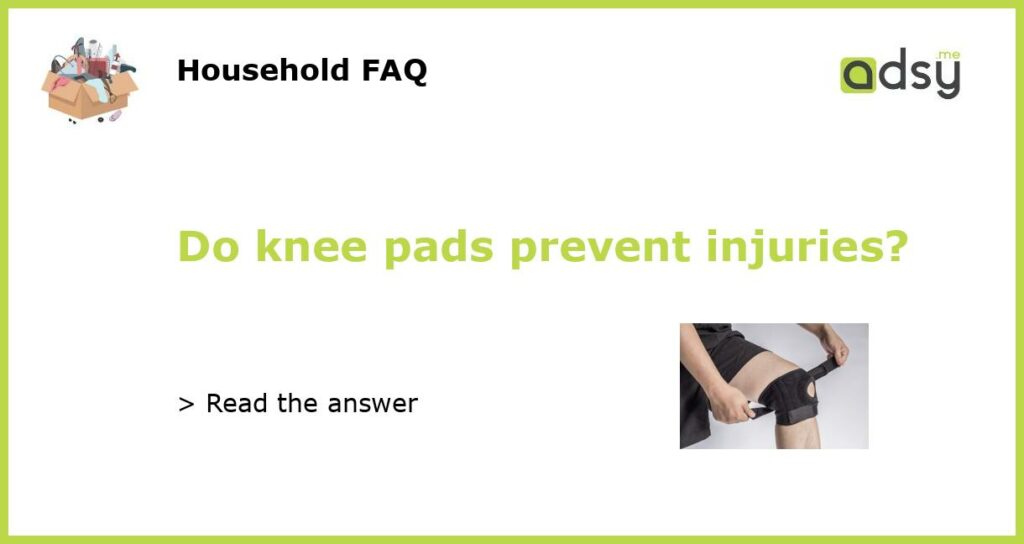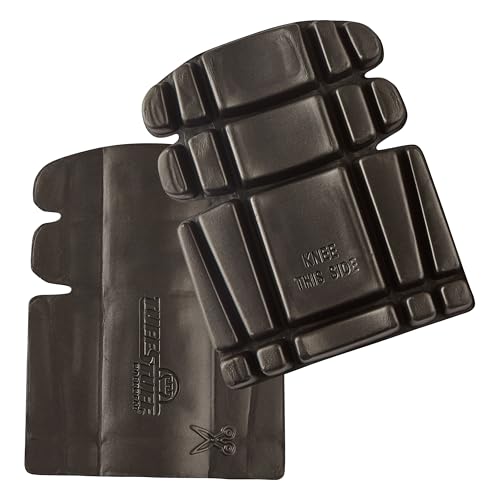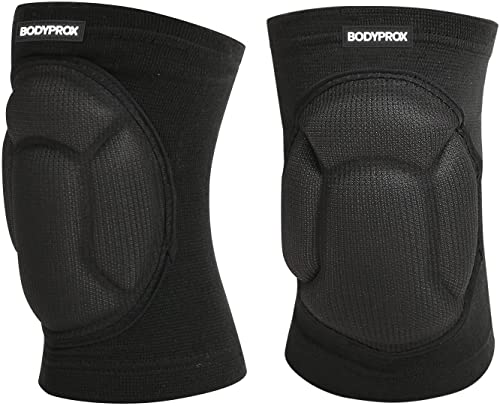When it comes to activities that put pressure on the knees, such as basketball, skateboarding, or cycling, many people wonder if wearing knee pads can help prevent injuries. Knee pads are designed to provide cushioning and support to the knee joints, and their effectiveness depends on the type of activity, the quality of the pads, and the wearer’s technique. In this article, we will explore the benefits and limitations of knee pads in injury prevention.
Types of Knee Pads
There are different types of knee pads, each with a specific purpose and design. Soft-shell knee pads are made of foam or gel padding covered with a fabric sleeve, and they provide moderate protection against minor impacts and abrasions. Hard-shell knee pads have a plastic or metal exterior shell that can withstand more force and resist penetration, making them ideal for high-impact sports such as roller derby or motocross. Compression knee sleeves are another type of knee support that provides mild compression and warmth for joint stability, but they do not offer significant impact protection.
Benefits of Knee Pads
Wearing knee pads can offer several benefits for injury prevention, depending on the type of activity and the quality of the pads. For instance, knee pads can reduce the risk of knee contusions, lacerations, or abrasions in sports that involve falls or collisions, such as basketball or skateboarding. They can also prevent repetitive stress injuries, such as patellar tendonitis or meniscus tears, by reducing the impact on the joints during activities such as running or cycling. Moreover, knee pads can enhance the confidence and comfort of the wearer, allowing them to perform better and push their limits without worrying about getting hurt.
Limitations of Knee Pads
Despite their benefits, knee pads have some limitations that users should be aware of. First, knee pads cannot prevent all types of injuries, especially those caused by sudden force or twisting movements that exceed the capacity of the pads. For example, if a skateboarder lands on their knees from a high jump or a cyclist hits a curb at an awkward angle, the knee pads may not be enough to prevent bone fractures or ligament tears. Second, knee pads can also impair mobility and comfort, especially if they are poorly fitting or too bulky. Thick knee pads may restrict movement and cause chafing or irritation, reducing the user’s ability to perform at their best.
In summary, knee pads can be a useful tool for injury prevention in certain sports and activities, but they are not a guarantee against all types of knee injuries. Users should choose the right type and size of knee pads for their needs, and use them in combination with proper technique and conditioning. It is also important to evaluate the quality and durability of knee pads, as some cheap or poorly made pads may actually increase the risk of injury by sliding or tearing off during impact. Finally, knee pads should not be seen as a substitute for protective gear such as helmets or wrist guards, but rather as a complementary accessory that can enhance the overall safety and performance of the user.






